Ukraine wants reconnaissance and strike UAVs MQ-9 Reaper
In recent weeks, Ukraine has lost dozens of reconnaissance and strike drones and is now trying to restore this fleet. According to the latest news, new plans in this area provide for growth not only in quantity, but also in quality. Instead or as an addition to Turkish UAVs, it is planned to purchase American ones. However, the possibility of obtaining and effectively using such a technique remains questionable.
preliminary negotiations
On April 12, The Washington Post reported that the Ukrainian authorities are not only continuing negotiations on the supply of weapons with the US leadership, but also start consultations with specific manufacturers. In particular, last week the Ukrainian embassy in Washington held a meeting with representatives of General Atomics.
As a result of this event, the company announced that the Ukrainian side wants to receive heavy-class reconnaissance and strike UAVs. Now General Atomics is studying the possibility of such deliveries, incl. practical and legal aspects. So, the company is basically ready to supply unmanned vehicles, but its export requires permission from regulatory authorities.
General Atomics reportedly already has some dronesready for almost immediate transfer to a foreign customer. Upon receipt of government permission, they will be in Ukraine within a few days. The development of such equipment will not take much time, and its appearance will give the Ukrainian army new opportunities.
Soon the Forbes edition made some clarifications. It recalls that the main products of General Atomics in the field of UAVs are the MQ-1 Predator and MQ-9 Reaper products with different characteristics and capabilities. The Ukrainian side wants to get heavier Reapers. Other details of a possible Ukrainian-American deal were not disclosed.
Unmanned "Reaper"
The future MQ-9 Reaper was developed by General Atomics in the late nineties. The project was based on the developments and experience of the previous MQ-1 project, in connection with which the Reaper for some time wore the working designation Predator-B. The first flight of an experimental UAV took place in February 2001, after which the development of the project and the refinement of the design continued for several years.
In the middle of the 9s, the MQ-2007 entered service with the Air Force, and in XNUMX it was officially put into service. After that, full-scale serial production began in the interests of the Air Force, NASA and other US structures. In addition, a dozen foreign countries later acquired such equipment. The following export contracts are being negotiated right now.
Reaper UAVs began to be used in local conflicts immediately after their appearance in the army. Their main task is to conduct reconnaissance, identify and defeat dangerous objects. Drones are able to make long flights and operate at a great distance from bases.
Technical features
The MQ-9 Reaper is a normal aerodynamic aircraft with an elongated small section fuselage, high aspect ratio straight wing and V-tail. The wingspan reaches 20 m, the length is 11 m. The empty UAV weighs 2,22 tons, the maximum take-off weight is 4,76 tons.
The UAV is equipped with a 331 hp Honeywell TPE10-900 turboprop engine. with push screw. With the help of an automatic digital control system, optimal engine operating modes are maintained, which allows you to get maximum efficiency. The maximum speed of the "Reaper" reaches 480 km / h, cruising - 310 km / h. It is capable of climbing to a height of more than 15 km, but the main modes of operation include flying at an altitude of 7-8 km. Depending on the load, UAVs of the first versions could fly up to 12-14 hours, later the flight duration reached 35-37 hours. Range - up to 1900 km.
The MQ-9 has an advanced control system with the ability to fly independently according to a given program or according to operator commands. Data exchange with the operator is carried out via secure satellite radio communications. Thanks to this, the control post with two workplaces can be located almost anywhere, not only at the UAV-based airfield.
For reconnaissance and the use of weapons, Reaper carries an AN / DAS-1 MTS-B optoelectronic station with a day and night channel, as well as a laser rangefinder-target designator. Unlike smaller UAVs, it is also equipped with its own AN / APY-8 Lynx II radar with mapping functions. Built-in equipment can be supplemented with EW hanging containers.
A combat load weighing up to 1400 kg is placed on seven external suspension points under the wing and fuselage. The maximum weight of one ammunition is 680 kg. The Reaper's primary weapons are AGM-114 Hellfire missiles. It is also possible to use guided bombs of a suitable caliber and some air-to-air missiles. At the same time, the MQ-9 is considered as a means for delivering strikes on the ground, and anti-aircraft capabilities are introduced only for self-defense.
Practical potential
For a decade and a half of the UAV service, the MQ-9 Reaper managed to show all its capabilities and advantages. Its strengths include high flight performance, which allows you to perform a long flight and solve problems at a great distance from the home airfield. In addition, the satellite communications system greatly simplifies deployment and preparation for combat work.
The MQ-9 also features advanced reconnaissance and search equipment. It can carry OES and radar at the same time, which simplifies the search for ground objects at any time of the day and in any weather conditions that do not interfere with flights. The Reaper can strike on its own, and a wide range of weapons are offered for greater effectiveness. In addition, data on the found target on existing control loops can be transferred to any other fire weapon.
It is obvious that such benefits and advertising attracted the attention of the Ukrainian leadership. Now it also wants to get Reapers and is even negotiating about it. However, the acquisition, development and operation of American UAVs will be associated with a number of difficulties of various kinds.
First of all, there are financial issues. General Atomics is interested in a new order, but intends to make money and therefore will not give away equipment for free. At the same time, the MQ-9s are notable for their considerable price - in recent orders, one drone cost more than $ 30 million, not counting the control center and other means of the complex.
Whether Ukraine will find money for at least one UAV is unknown. However, she can hope for US assistance. Heavy drones, in theory, could fall into the next military-technical assistance plan, but the timing of this is in question. Accordingly, it is not clear when and how many UAVs will go to Ukraine. These issues can be resolved within a few days or weeks, although Kiev should not hope for a large amount of equipment.
As is the case with other types of equipment, calculations must be prepared for the MQ-9. A full operator training course takes about a year; preparation of the technical staff requires less time. General Atomics notes that Ukrainian operators will not have to start training from scratch, but this is unlikely to radically reduce its time. Whether the current Ukrainian regime has such a reserve of time is a big question.
During the training of Ukrainian operators, the equipment could be operated by American specialists. However, such a step could have negative political and military consequences, and it is unlikely that Washington will decide on it.
If Ukraine can solve all organizational problems, then, together with American UAVs, it will receive certain new opportunities. At the same time, the full realization of the Reapers' potential is not guaranteed. The first limitation will be a small number of such equipment. The insufficient level of training of operators, the lack of experience in operating such UAVs and the impossibility of its rapid accumulation should also affect.
The combat effectiveness of the MQ-9 in the conditions of the current Special Operation also raises doubts. Such UAVs showed themselves well when working in areas without radar cover, air defense and electronic warfare. At the same time, the appearance of even single anti-aircraft missile systems negatively affected the operation of the Reapers, and some UAVs were lost from fire from the ground.
What can single drones do in the presence of a developed layered military and object air defense, as well as an active fighter aviation is a big question. Apparently, any attempts to use them will be severely suppressed by the Russian army.
Expensive, difficult and no guarantee
In recent years, the Ukrainian army has gained some experience in the operation and use of reconnaissance and strike UAVs. However, in just a few weeks, the existing Turkish aircraft were knocked out, and now Kyiv is looking for a replacement. A heavy American drone is being considered as a more effective alternative for products from Turkey.
Apparently, a hypothetical contract for the supply of MQ-9 Reaper products from the United States to Ukraine is still at the stage of first negotiations. Whether it will be possible to complete them with the desired result is unknown. However, it is obvious that even with the signing of the contract, the Ukrainian army will face new difficulties and problems of various kinds. And the delivery of American UAVs in the end may not meet expectations. Of course, if she manages to complete the demilitarization of Ukraine.
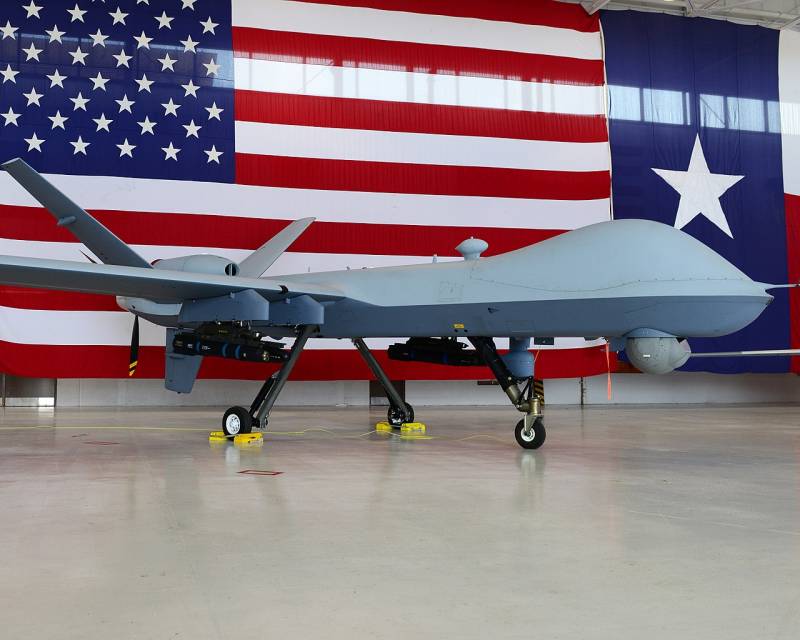
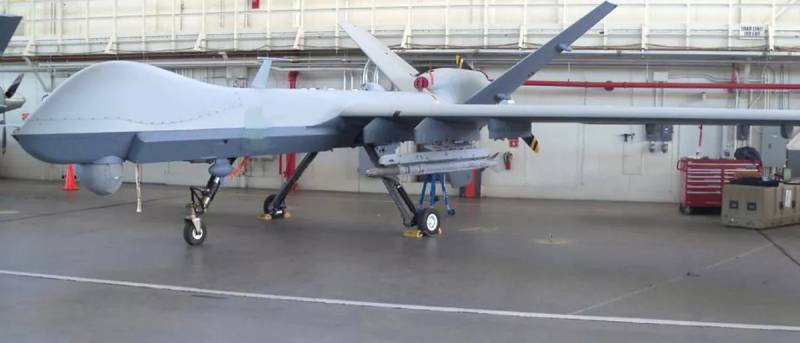
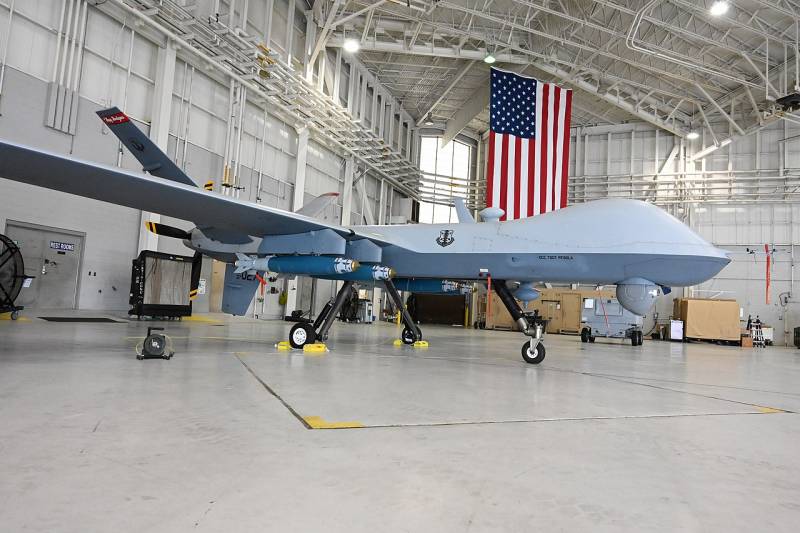
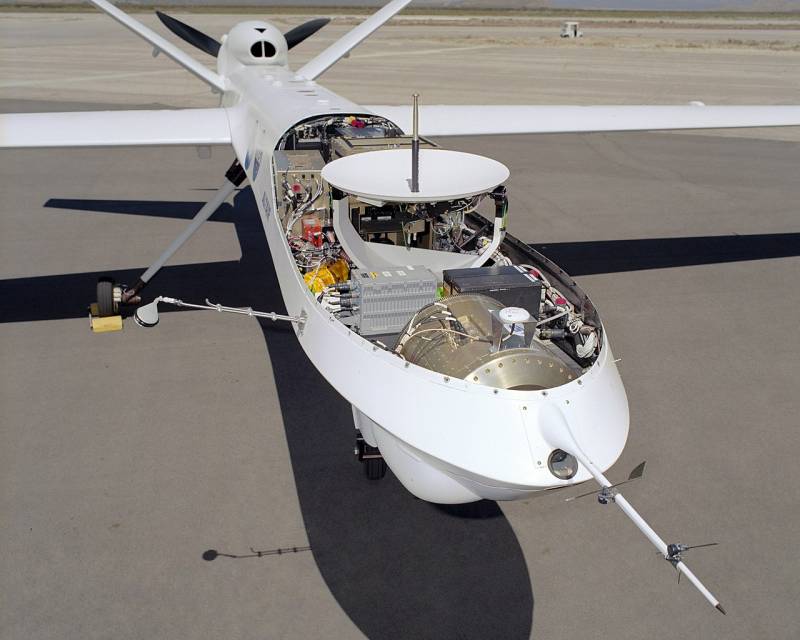
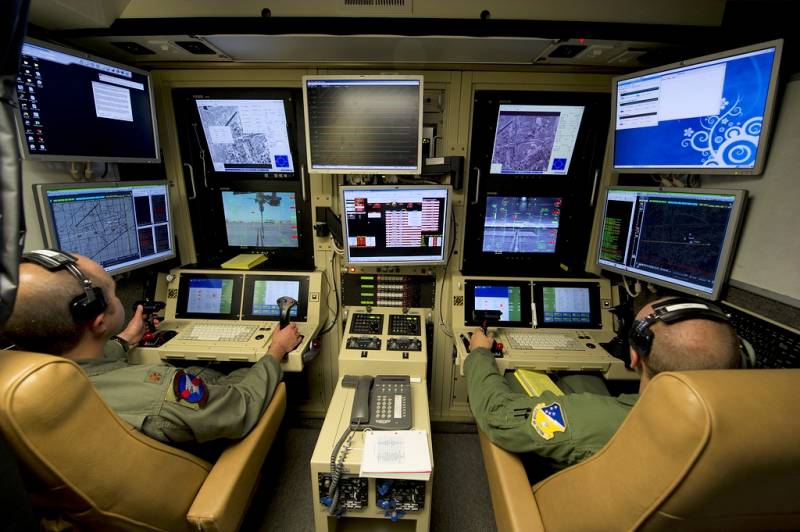

Information